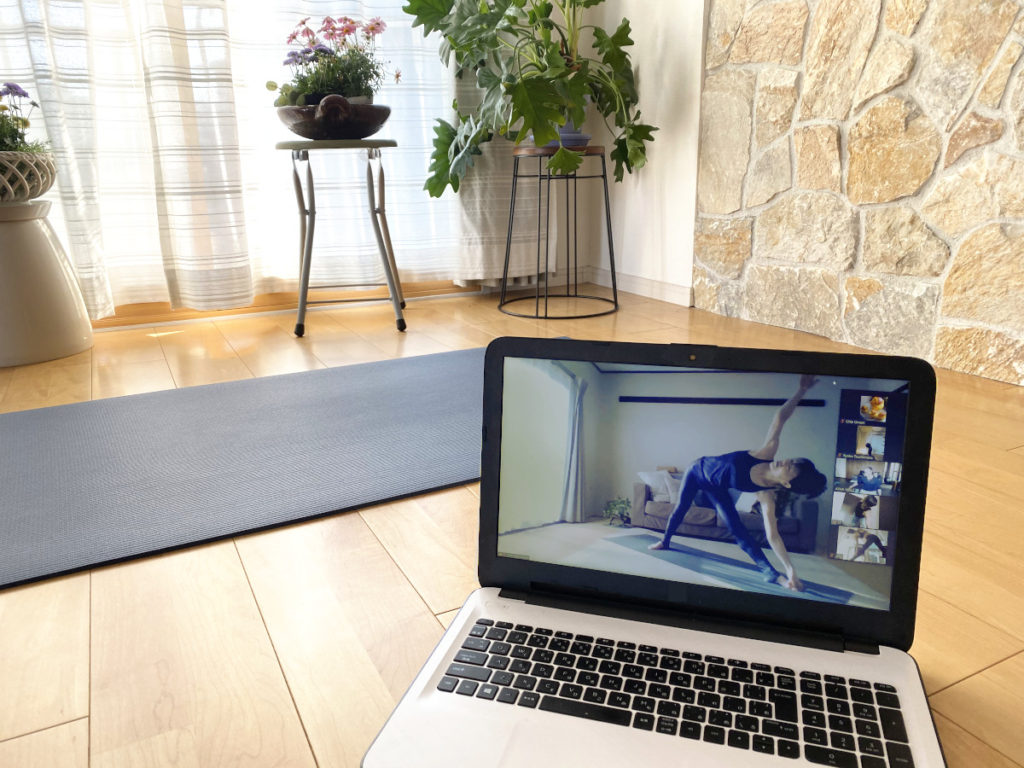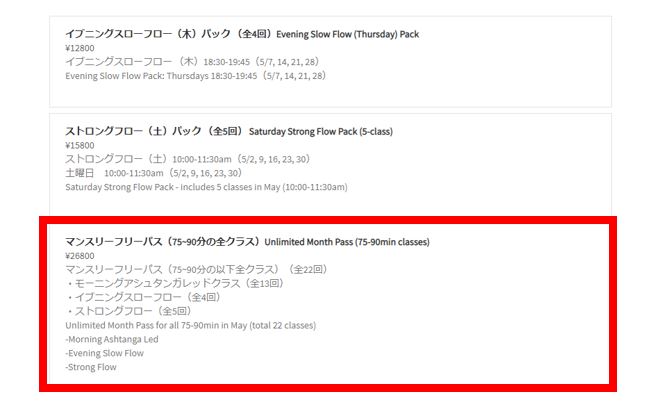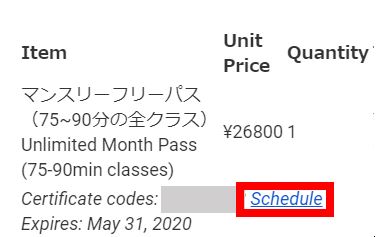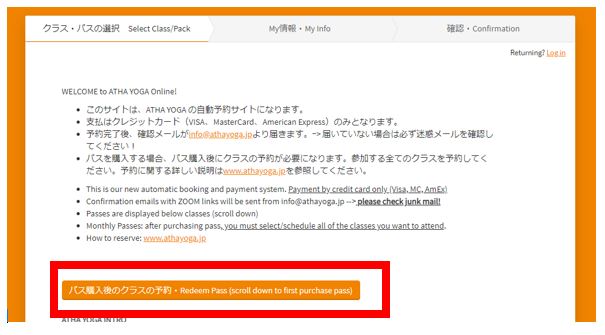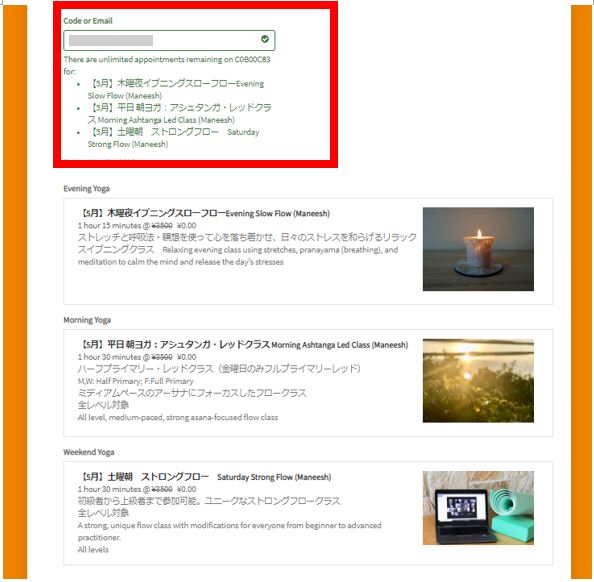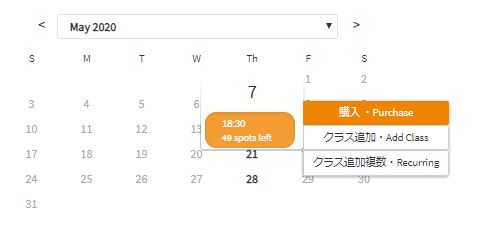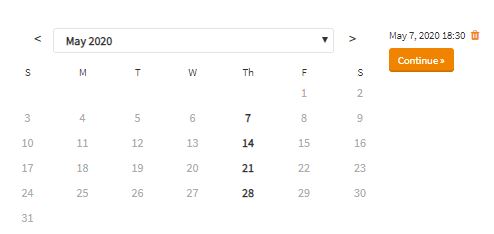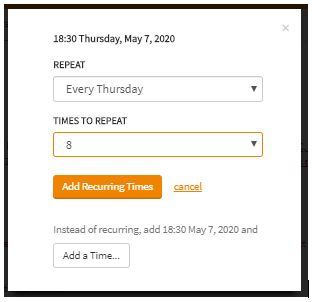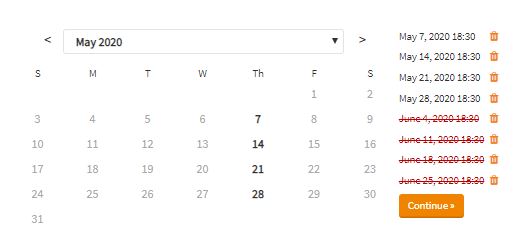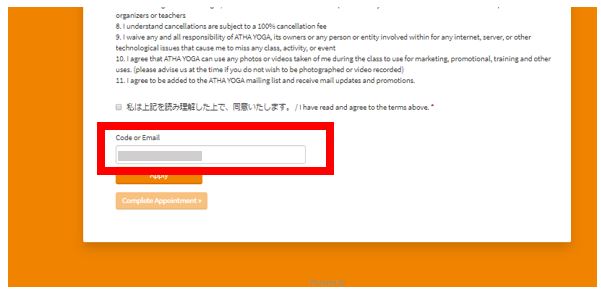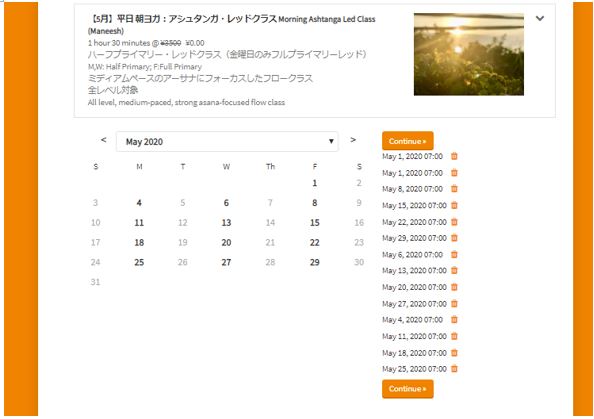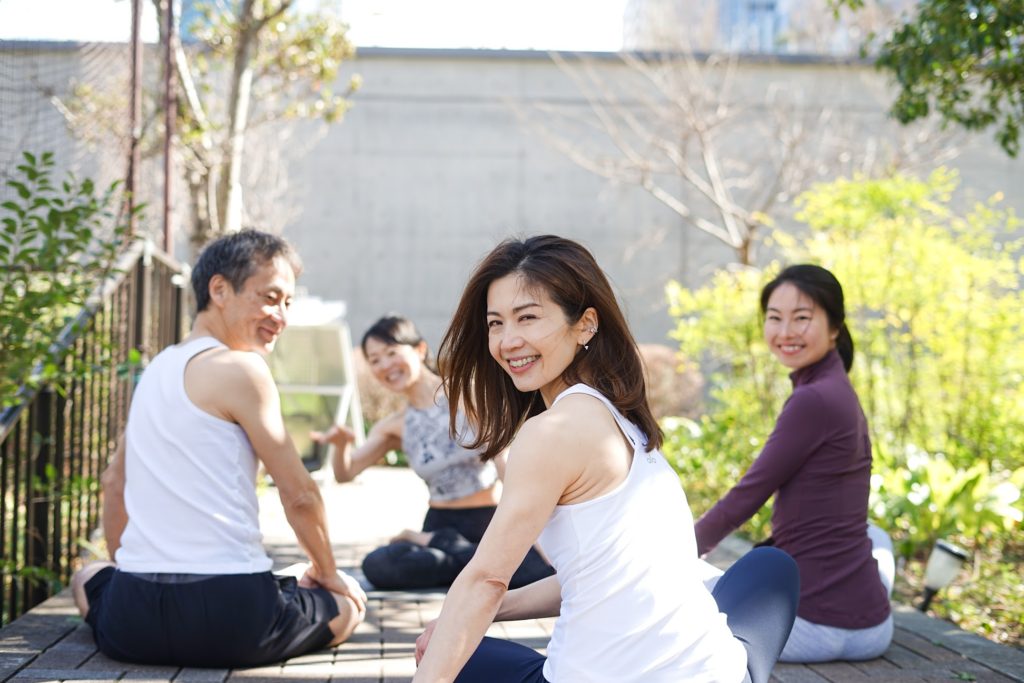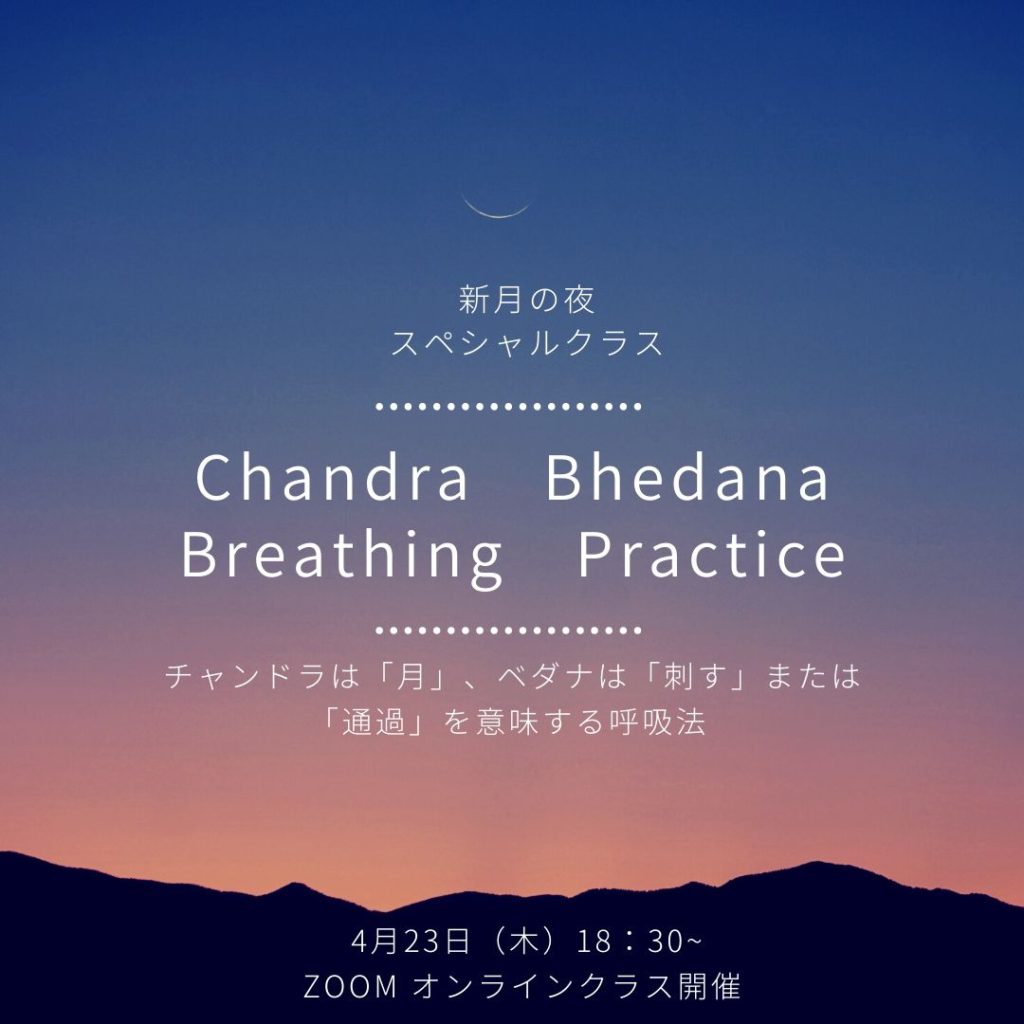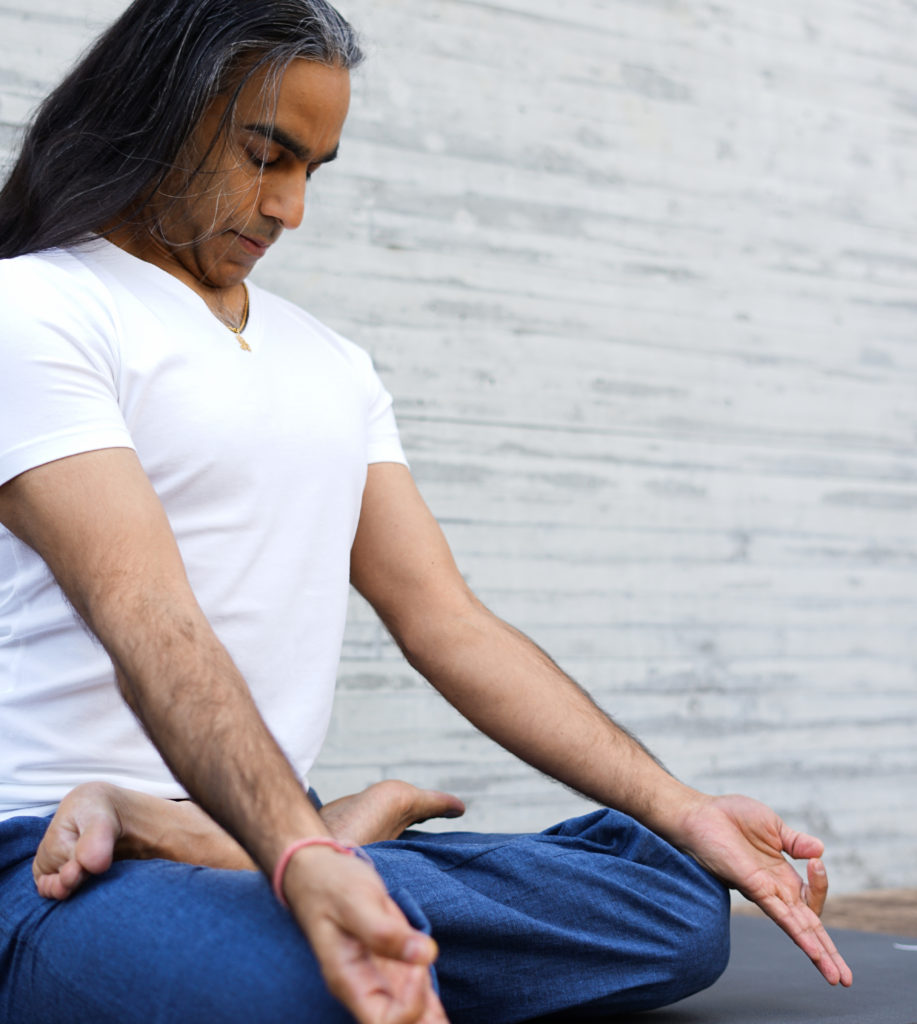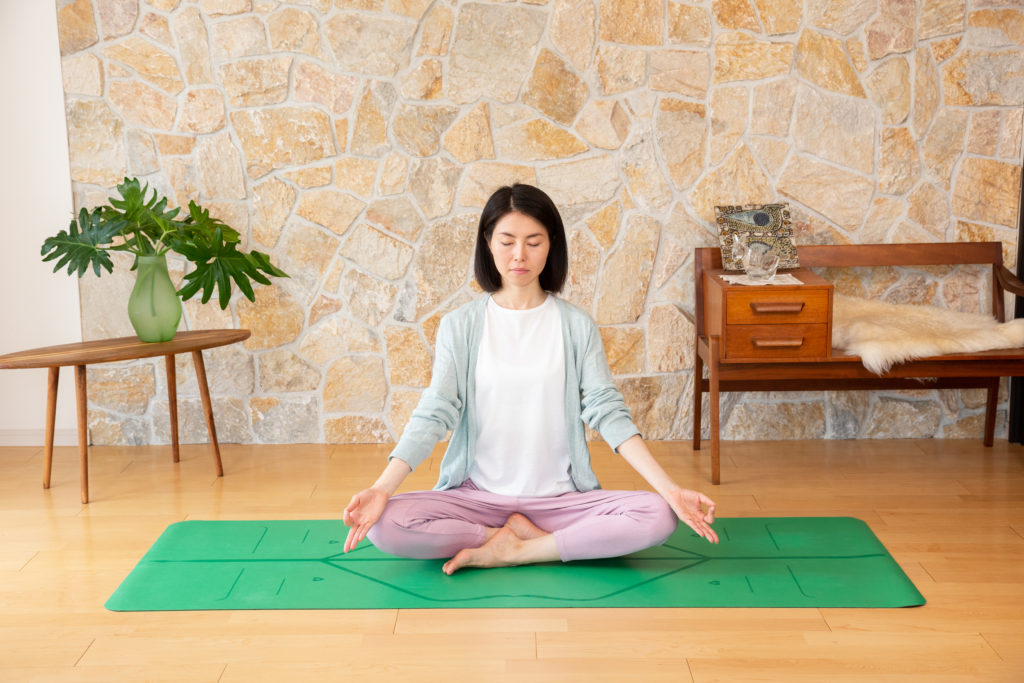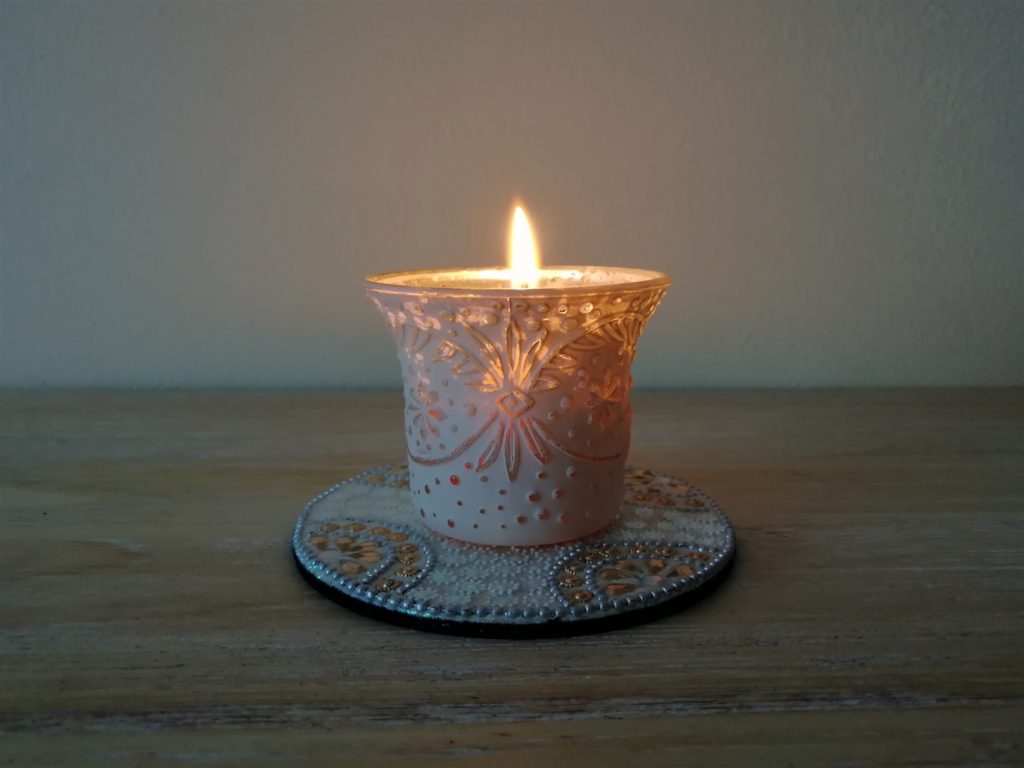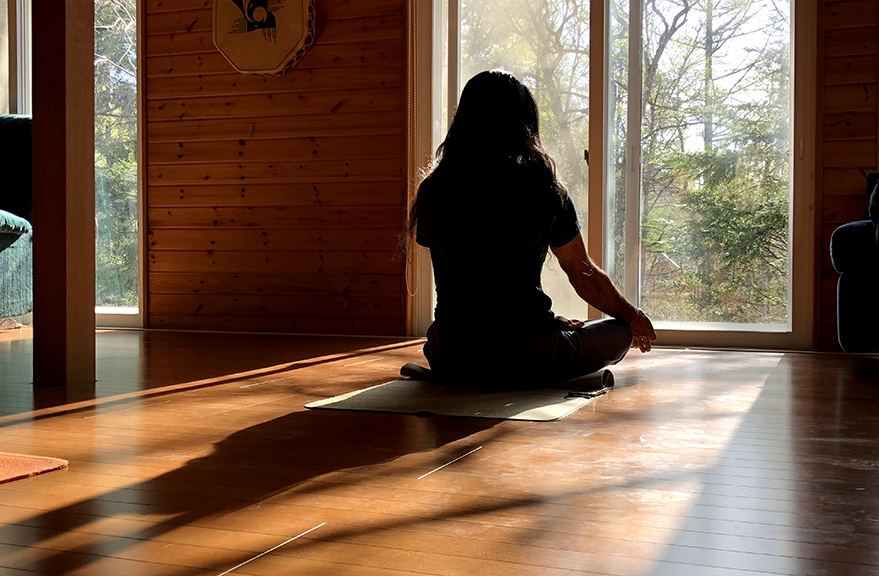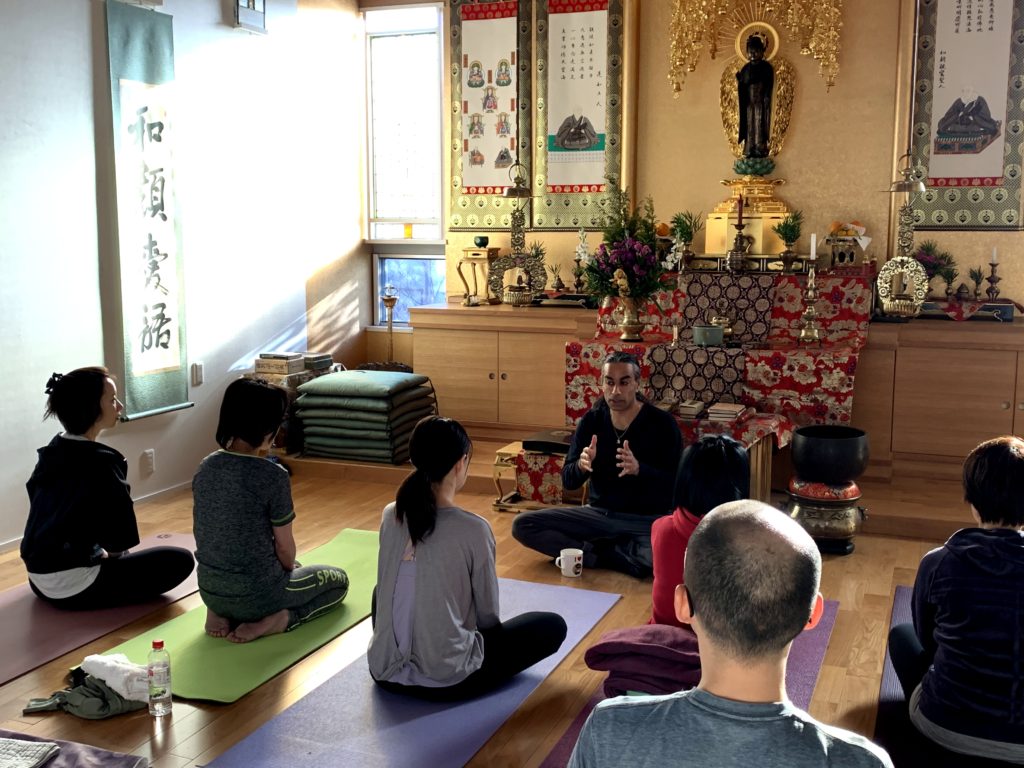Golden Week ZOOM Online Yoga Workshop
「身体の自由は心の自由へ」
Free Your Body, Free Your Mind
ワークショップお申込みはこちら(Regstration)
*Scroll down for English
インドにルーツがあり、日本にも精通しているマニーシュだからこそ伝えられるヨガ。アーサナはもちろん、座学や呼吸法・瞑想を通してヨガの本質を学んでいきます。難しそうなヨガの教え呼吸法も、ヨガを深く理解し実践しているマニーシュから学ぶと身近に感じられてくるのが不思議。
ヨガのテクニックを使って、今の困難な時期を乗り越える強さやバランス、そして体と心の自由を手に入れましょう。自宅で時間をかけてじっくり学ぶ!今年のゴールデンウィークは、ヨガに深く浸りませんか?
5月2日(土)
①14:00-16:00 Asana実践 太陽礼拝ディープベーシック:健康と長寿のためのスーリヤナマスカラ
②16:30-17:30 座学-インド神話から知る:スーリヤ神とハタヨガにおける太陽の役割
5月3日(日)
③14:00-16:00 Asana実践: Balanced Body, Balanced Mind(バランスポーズに挑戦)
④16:30-17:30 プラナヤマ/呼吸法 -プラナ(生命力)のバランスを取るための呼吸法
5月4日(月・祝)
⑤14:00-16:00 Asana実践 Strong Body, Strong Mind(ジャンプアップ・ジャンプバック・ジャンプスルー)
⑥16:30-17:30 プラナヤマ/呼吸法 -体を強化し、免疫力を高め、心を落ち着かせエネルギーを与える呼吸法
5月5日(火・祝)
⑦14:00-16:00 Asana実践 Freedom: (アームバランス)-孤立しているときでも自由に感じる方法
⑧16:30-17:30 瞑想/Mindfulness-ストレスの時期に心を解放し、心を静めるマインドフルネスと瞑想
<金額 / Fee>
Asana実践クラス 120分5,000円/回(税込)
座学・呼吸法・瞑想クラス 60分2,500円/回(税込)
Asana実践 4日間パック 18,000円/4日間(税込)
座学・呼吸法・瞑想クラス 4日間パック 9,000円/4日間(税込)
<4日間通し受講 特別割引>
特別コロナ割引※1:フルシリーズ 30,000円のところ 30%オフ→ 21,000円(税込)
ATHA YOGA コミュニティ割引※2:フルシリーズ 30,000円のところ 40%オフ→18,000円(税込)
※1 新型コロナウイルスの影響で困難を強いられている時期ですので、みなさんの練習と学習をサポートするために特別割引を実施します。
※2 STTC(Student Teacher Training Course)受講者、および4月または5月に有料のATHA YOGA ZOOMオンラインクラスを少なくとも1回受講した方(お申し込み時にご予約していれば開催前のクラスでも結構です)
よろしければインドの子供たちが教育を受けることをサポートするためにYoga Gives Backに最低1000円の寄付をお願いします。ご賛同いただける方は、お申し込み時に金額をご選択ください。受講料と合わせてお預かりいたします。
<準備するもの>
・PC、タブレット、スマートフォンなど(ZOOMを使って配信します)
・動きやすい服装
・マット
・ブロック※
※4日のジャンプアップ・ジャンプバッグ・ジャンプスルーでは、ブロックまたは代用できるものを2個ご用意ください
<ご予約>
以下の 申し込みフォームよりご予約ください。
お問い合わせ atha.yoga.ws@gmail.com
ワークショップお申込みはこちら(Regstration)
<各クラスの内容>
5月2日(土)
14:00〜16:00 太陽礼拝ディープベーシック:健康と長寿のためのスーリヤナマスカラ
太陽は暗闇を救うものであり、生命、光、そして暖かさを与えてくれます。このワークショップでは、太陽礼拝、つまりスーリヤ ナマスカラの世界に深く入り込みます。スーリヤ ナマスカラA・Bの基本的な流れから始まり、普段の練習ではあまり体験できないユニークなモディフィケーションやバリエーションを紹介します!
*このワークショップと次の講義は関連した内容となっています。
16:30-17:30 座学-インド神話から知る:スーリヤ神とハタヨガにおける太陽の役割
ヨガの起源は古代インドの哲学と神話からはじまります。スーリヤはヴェーダと呼ばれる最も初期の経典に記されており、リグヴェーダにある最も古いマントラの1つであるガヤトリマントラでも賞賛の対象となっています。このセッションでは、スーリヤにまつわる古代の神話と物語や、月を意味するチャンドラと合わせ、ハタヨガで重要な役割を果たす理由について学びます。
5月3日(日)
14:00-16:00 アーサナ実践: Balanced Body, Balanced Mind(バランスポーズに挑戦)
強さや柔軟性だけでなく、体には適切なバランスが必要です。ヨガのようなホリスティックプラクティスでは、バランスの取れた体とバランスの取れた心が密接に関係しています。このワークショップでは、さまざまなスタンディングのバランスポーズを使用して、本来の「バランス」について理解を深めていきます。
*このワークショップは、以下のプラナヤマ/呼吸法の講義と併せて受講することをお勧めします
16:30-17:30 プラナヤマ/呼吸法 -プラナ(生命力)のバランスを取るための呼吸法
生命力の制御と拡大であるプラナヤマは、体だけでなく心にもバランスをもたらす強力な方法です。ヨガの文献である「ハタヨガ プラディピカ」では、「呼吸が妨げられると、心も妨げられる」と述べています。このセッションでは、ナディショーダナなどの呼吸法を学び、プラナのバランスをとります。
5月4日(月・祝)
14:00-16:00 アーサナ実践 Strong Body, Strong Mind(ジャンプアップ・ジャンプバック・ジャンプスルー)
人生の道をたどるエネルギーと強さを持つために、ヨガでは強い体を作ることを求めています。強いボディは強いマインドを作るためにもに重要です。このワークショップでは、コアの強度と安定性を作り出すために、「ジャンプアップ、ジャンプバック、ジャンプスルー」にチャレンジします。
*このワークショップは、次のプラナヤマ/呼吸法とあわせて受講することをお勧めします
16:30-17:30プラナヤマ/呼吸法 - 体を強化し、免疫力を高め、心を落ち着かせエネルギーを与える呼吸法
ウジャイ、カパラバティ、バストリカなどの呼吸法は、体と心にエネルギーを与え、免疫力を高め、結果的に心を落ち着かせます。初心者でも、このような高度な呼吸法にアプローチする方法を学びます。呼吸で元気になりましょう。
5月5日(火・祝)
14:00-16:00 アーサナ実践 Freedom: (アームバランス)-孤立しているときでも自由に感じる方法
ヨガの究極の目的は「モクシャ」または自由になること。これはさまざまな定義があります。地面から足を持ち上げ、手と腕でバランスを取るアームバランスアーサナの練習は、信じられないほど自由な感覚を味わえます。アームバランサーになり、一緒に飛びたちましょう!
*このワークショップは、以下の瞑想のクラスとあわせて受講することをお勧めします
16:30-17:30 瞑想/マインドフルネス :ストレスの時期に心を解放し、心を静めるマインドフルネスと瞑想
身体の自由は心の自由への入り口です。物理的なアーサナの練習でその入り口までは行くことができますが、瞑想ではさらに、自由という世界が待つ、向こうの岸までたどり着くことができます。このセッションでは、マインドフルネスと瞑想についての講義と、心を静め、究極的には解放へと導く瞑想のテクニックを体験しましょう。この孤立とストレスの時期、私たち全員が必要としているテクニックです。
May 2
14:00-16:00 ATHA YOGA Deep Basics: Surya Namaskara for Health & Longevity
The Sun is the dispeller of darkness and giver of life, light, and warmth. In this workshop, we will go deep and into the wonders of Surya Namaskara, the sun salutations.We will start with the basic flows of Surya Namsakara A and B and then go an on adventure, exploring unique modifications and variations that will deepen our connection to Surya!
*this workshop is connected to the lecture that follows
16:30-17:30 Indian Mythology: Lord Surya and the role of the sun in Ha-Tha Yoga
Yoga has its roots in ancient Indian philosophy and mythology. Surya is found in the earliest texts called the Vedas and is praised in one of the oldest mantras, Gayatri Mantra, found in the Rig Veda. In this session, we will look at some of the ancient myths and stories related to Surya and how along with Chandra, the moon, play a vital role in Hatha Yoga.
May 3
14:00-16:00 Asana practice– Balanced Body, Balanced Mind
No matter how strong or flexible we are, we need proper balance. In holistic practices such as Yoga, a balanced body and balanced mind go hand in hand. In this workshop, we will use a variety of standing balancing poses to challenge our understanding of true balance.
*We recommend this WS be taken in conjunction with the pranayama/breathing practice lecture that follows
16:30-17:30 Pranayama – Breathing practices to Balance Prana (life force)
Pranayama, the control and expansion of life force, is a powerful practice to bring balance to not only the body but the mind. The yoga text “Hatha Yoga Pradipika” says “when the breath is disturbed, so is the mind”. In this session, we will learn breathing techniques like nadi shodana to bring balance.
May 4
14:00-16:00 Asana practice – Strong Body, Strong Mind: Creating Core using Jump Up, Jump Back, and Jump Through
Yoga encourages us to develop a strong body in order to have the energy and strength to follow our dharma, our path in life. A strong body is also invaluable in making a strong mind. In this WS, we will approach the challenging ‘jump up, back, and through’ sequences to develop core strength and stability. Get ready to sweat!
*We recommend this WS be taken in conjunction with the pranayama/breathing practice lecture that follows
16:30-17:30 Pranayama Energizing breathing practices to strengthen the body, boost immunity and calm the Mind
Breathing practices such as ujjayi, kapalabhati and bastrika are used to energize the body and mind, boost immunity and ultimately calm the mind. Join us as we learn how to approach beginner to advanced breathing practices. Time to energize!
May 5
14:00-16:00 Asana practice – Freedom through Arm Balancing — how to feel free even when you’re self-isolated
The ultimate goal of Yoga can be said to be ‘moksha’ or freedom. This can be defined in many ways. The asana practice of lifting our feet of the ground and balancing on our hands and arms is an incredibly freeing feeling. So come fly with us as we learn how to become arm balancers!
*We recommend this WS be taken in conjunction with the meditation practice lecture that follows
16:30-17:30 Mindfulness & Meditation to Free & Quiet the Mind in Times of Stress
Freedom of the body is a gateway to freedom of the Mind. While a physical asana practice can take us to the gates, meditation can ensure we cross over the other side where freedom awaits. In this session, we will discuss mindfulness and meditation and experience meditation techniques to quiet and ultimately free the Mind. Something we all need in this time of self-isolation and stress!
<Fee>
Asana class 120min 5,000 yen
Zagaku class 60min 2,500 yen
4-day asana pack 18,000 yen
4-day zagaku pack 9,000 yen
< Special Discount >
Special Corona Discount*1: Full Series 30% off →21,000 yen
ATHA YOGA Community Discount *2: Full Series 40 % off →18,000 yen
*1 We know it is a very difficult time for so many in the yoga community and so to support your practice and learning, we are offering this very special discount.
*2 STTC members or anyone who purchased at least one ATHA ZOOM class in April or purchases at least one for May (does not include mysore and other free classes). You still have time to sign up!
For those who are able, we ask you add a minimum 1000yen donation which we will send via Yoga Gives Back to support vulnerable children in India get an education.
ワークショップお申込みはこちら(Regstration)
